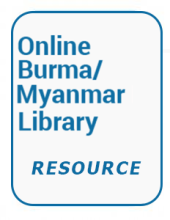Land Library
Bienvenue dans la bibliothèque du Land Portal. Explorez notre vaste collection de ressources en libre accès (plus de 74 000), comprenant des rapports, des articles scientifiques, des articles de recherche, des publications évaluées par des pairs, des documents juridiques, des vidéos et bien plus encore.
/ library resources
Showing items 1 through 9 of 57.Agricultural growth will prove essential for improving the welfare of the vast majority of Africa’s poor. Roughly 80 percent of the continent’s poor live in rural areas, and even those who do not will depend heavily on increasing agricultural productivity to lift them out of poverty.
This brief considers the benefits and costs of alternative tenure and institutional arrangements and the impact of existing legal and policy frameworks on the sustainability and equity of pastoral production systems under three categories of landownership: (1) state ownership; (2) individual owne
This study analyzes the links between risk and the kinds of property rights that have evolved to provide the mobility necessary to raise livestock in drought-prone countries--in this case Burkina Faso, Ethiopia, and Niger.
Over ten million people have been displaced from protected areas by conservation projects. Forced displacement in developing countries is a major obstacle to reducing poverty.
Mission Statement: "The Back Pack Health Worker Team (BPHWT) is an independent, nonprofit, multi-ethnic organization dedicated to providing primary health care to ethnic groups and vulnerable populations in armed conflict and rural areas of Burma, where access to healthcare is otherwise unavailab
This study employs scale-dependence as an analytical approach to understanding effects of livestock grazing on rangeland degradation in northern Kenya.
The U.S. Army is responsible for preparing a well-trained combat force while maintaining the ecological diversity and integrity of the lands it manages.
The objectives of the conference were threefold. First, to determine the need for a regional approach to EA in southern Africa. Second, to determine the best way of accounting for trans-boundary and cumulative impacts in the region.






